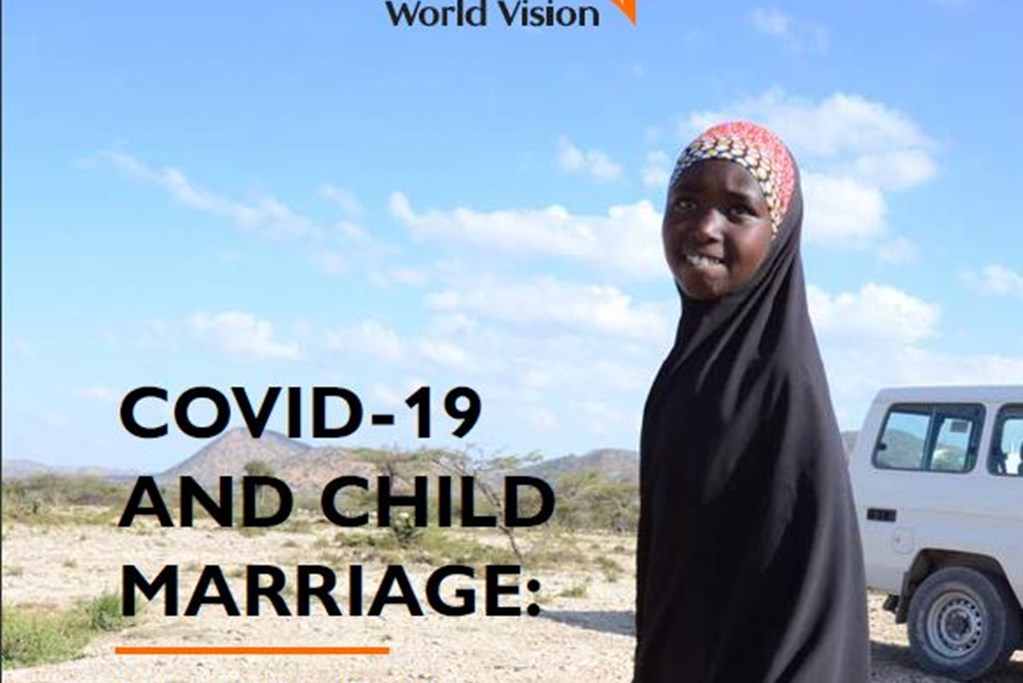Even before the COVID-19 pandemic, most experts estimated child marriage would continue for many more decades.
Because the pandemic has increased poverty levels and hunger, and decreased access to education, the risk of girls becoming child brides is also increasing. This report pairs data from World Vision’s Youth Healthy Behaviour Survey with global literature to better understand the conditions which enable child marriage and how these conditions may be changing because of the global pandemic. The report analyzes 14,964 observations from children and youth aged 12 to 18 from World Vision programming sites in Ethiopia, Ghana, India, and Zimbabwe. Case studies also provide insights into the lives of girls within these communities.
Our analysis found a strong correlation in three areas adversely affected by the COVID-19 pandemic: hunger, access to education, and parental support. Although not an exhaustive list of factors related to child marriage risk by any means, they indicate clearly just why a cross-sectoral approach to ending child marriage is so necessary.
Donors and governments must act quickly and decisively to respond to the effects of the COVID-19 pandemic and other humanitarian crises. Significant gaps in laws, policies and programmes also remain, with dire consequences for children and communities.
